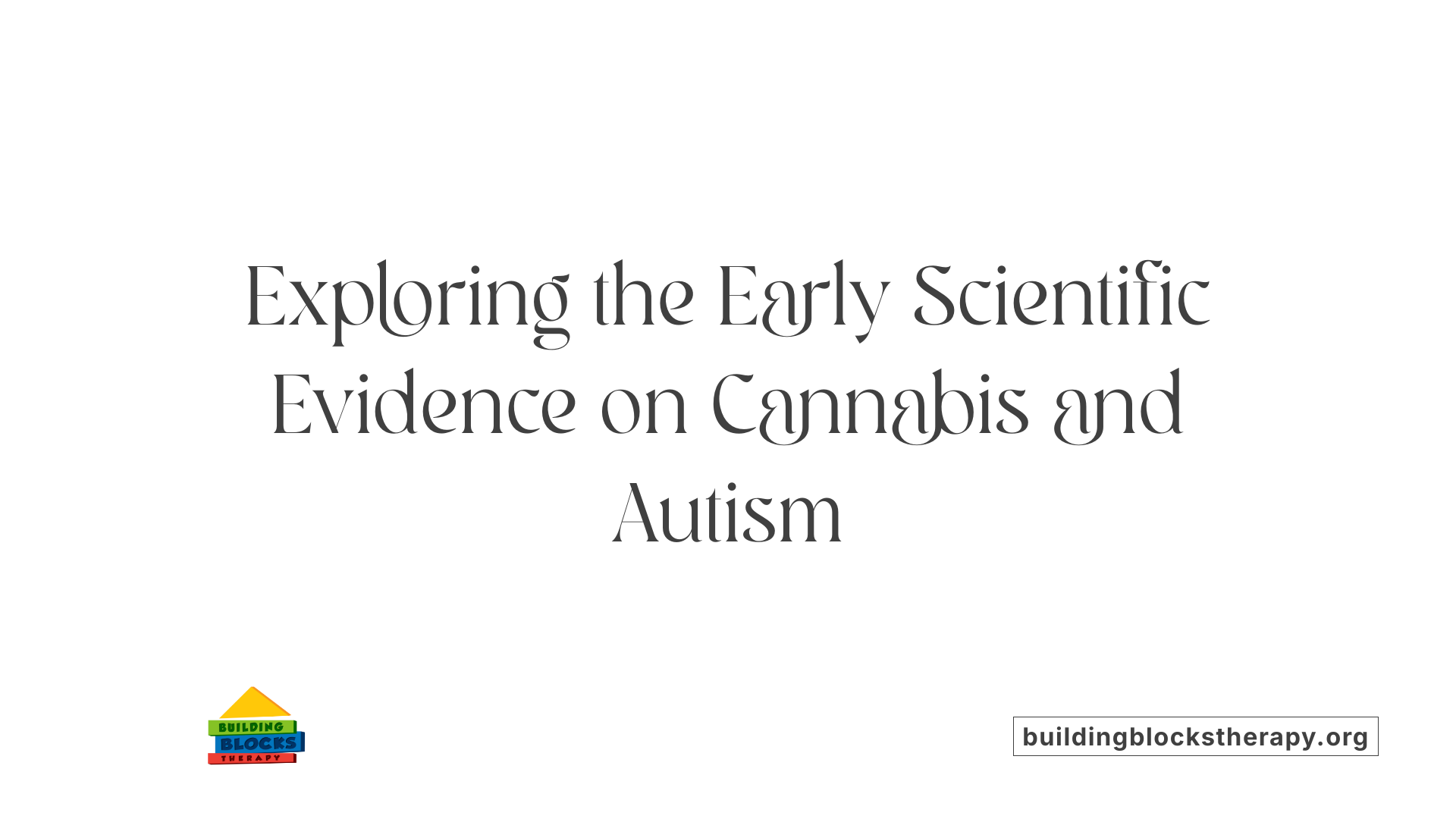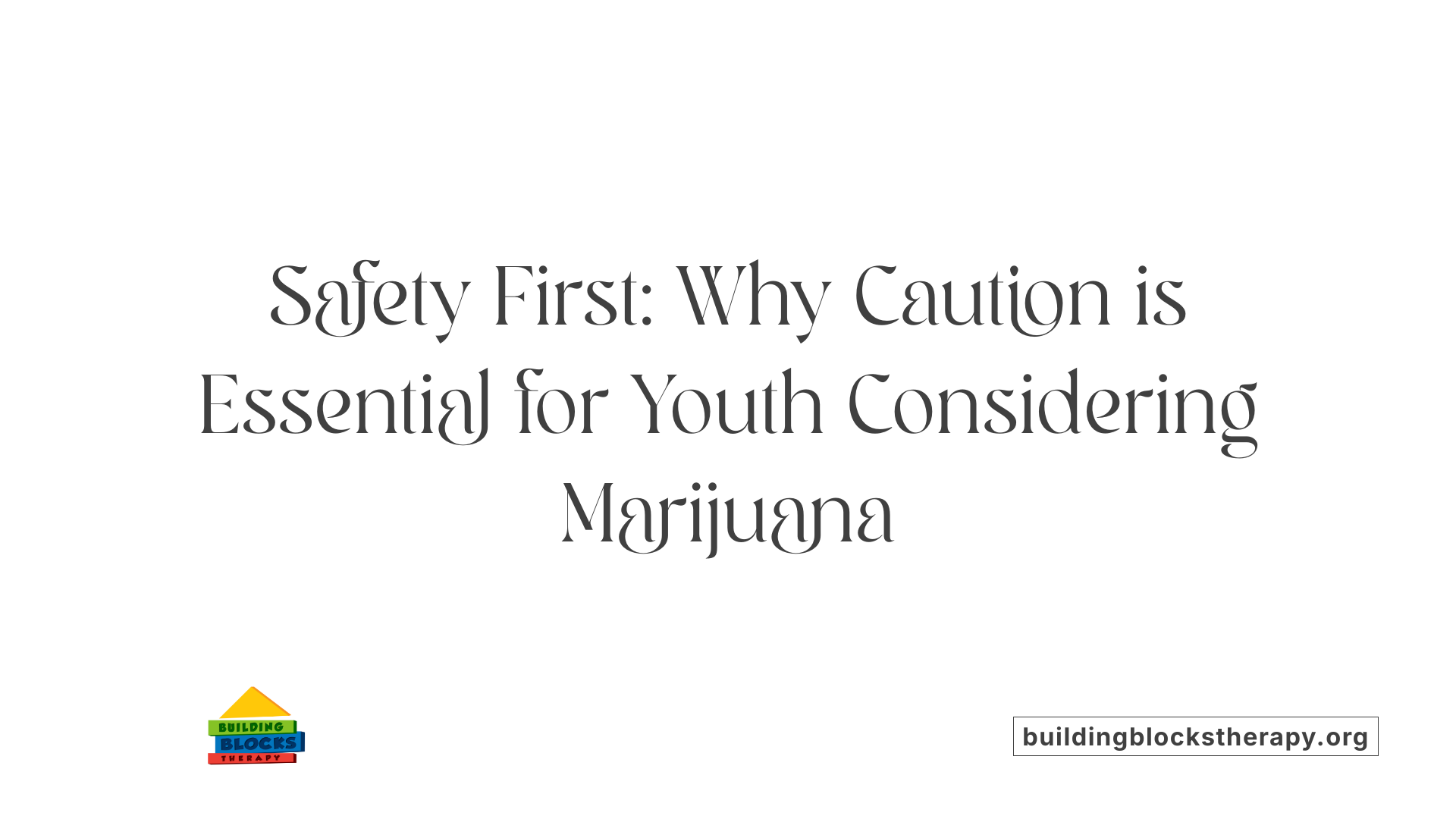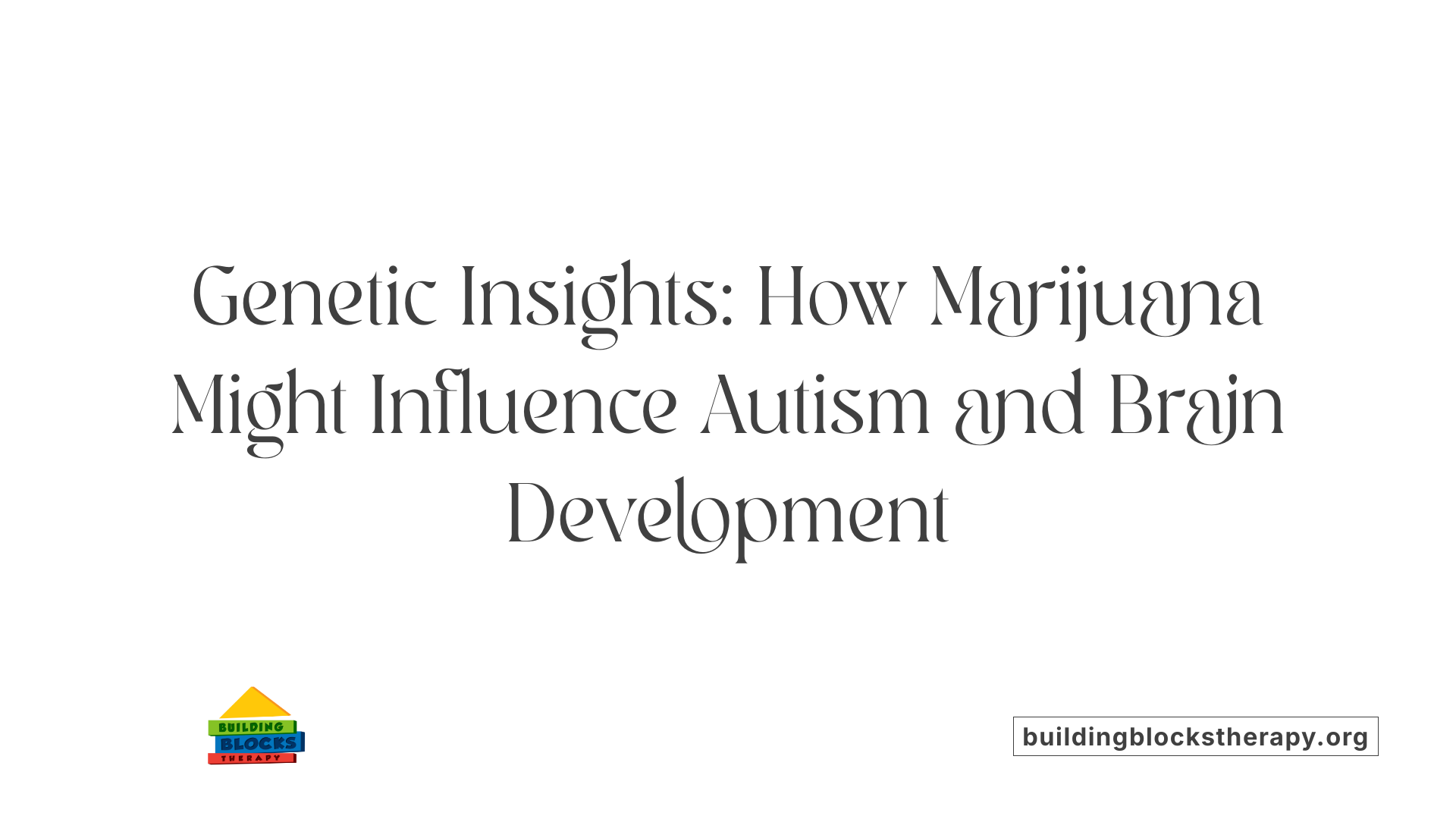Marijuana and Autism
Exploring the Complex Relationship Between Cannabis and Autism Spectrum Disorder

Understanding the Current Landscape of Marijuana Use in Autism Research
The intersection of cannabis use and autism spectrum disorder (ASD) has garnered increasing scientific and public interest. While some preliminary studies suggest that certain compounds in marijuana, such as cannabidiol (CBD), may help alleviate specific ASD symptoms, concerns about safety, long-term effects, and developmental risks remain significant. This article provides an in-depth look at the latest research, including potential benefits, risks, and the current state of clinical evidence surrounding marijuana and autism.
Preliminary Evidence of Therapeutic Benefits for ASD Symptoms

What is the current scientific evidence regarding the relationship between marijuana use and autism spectrum disorder?
Current research into the effects of cannabis on autism spectrum disorder (ASD) is still in its early stages. Some studies suggest that certain compounds in cannabis, especially cannabidiol (CBD), may help reduce symptoms like hyperactivity, irritability, and anxiety. There are also reports of improvements in cognition, sensory sensitivity, and social interaction among individuals with ASD. However, these findings are preliminary and derived from small-scale studies or observational data. Large, well-controlled clinical trials are lacking, which limits the ability to definitively confirm these benefits.
Moreover, scientists have raised concerns about potential adverse side effects, including sleep disturbances, restlessness, mood swings, and irritability. Responses to cannabis vary widely among autistic individuals, with some experiencing relief and others experiencing increased agitation or other negative effects. Additionally, prenatal exposure to cannabis has been linked to higher risks of neurodevelopmental disorders, including ASD, due to epigenetic changes affecting brain development.
In summary, while promising signs motivate further scientific exploration, there is not yet enough evidence to recommend cannabis as a standard treatment for ASD. More rigorous research is essential to determine its safety and true efficacy.
Risks and Long-term Effects of Marijuana Use in Youth and Adults

What do health authorities and expert guidelines say about marijuana use in children and adolescents, particularly concerning autism?
Health authorities and expert organizations generally advise against the use of marijuana for children and adolescents. The American Academy of Child and Adolescent Psychiatry explicitly recommends avoiding medical marijuana and cannabinoids for core autism symptoms or co-occurring behavioral issues in young people. These guidelines emphasize the potential risks to brain development, cognitive functioning, and mental health.
Legal restrictions also prohibit recreational marijuana use among minors in the United States. Increasing legalization has correlated with higher usage rates among youth, raising concerns about exposure and adverse effects.
While some preliminary research suggests compounds like CBD may offer symptom relief for autism, the current evidence is insufficient to endorse widespread use. Safety concerns, particularly related to neurodevelopment, remain significant. Families and caregivers are strongly advised to consult healthcare professionals and rely on evidence-based treatments rather than unproven cannabinoid products.
In summary, the consensus among health experts is to proceed with caution, prioritize proven therapies, and avoid unregulated or non-evidence-based use of marijuana in children and adolescents.
What are the developmental risks associated with long-term marijuana use from adolescence?
Long-term marijuana consumption during adolescence carries serious developmental risks. Studies have shown that persistent use can impair cognitive functions, including memory, learning, and attention. One of the most concerning outcomes is a potential decline in IQ, which some research suggests might be irreversible.
Chronic use is also linked with increased incidences of psychosis, mood disturbances, and anxiety disorders, all of which can significantly impair an individual's mental health and daily functioning.
The potency of available marijuana has increased over recent years, with higher THC levels raising the risks of adverse effects. Additionally, products sold in unregulated dispensaries often lack quality control, making it difficult to assess safe doses.
Given these risks, health authorities emphasize avoiding marijuana use during adolescence, especially in vulnerable populations such as children with autism, whose neurodevelopment may be more susceptible to harm.
Are certain cannabis products or potencies more risky for individuals with autism or developing brains?
Absolutely. The increasing potency of cannabis products, especially high-THC strains and synthetic cannabinoids, poses greater risks. Such products are more likely to trigger adverse psychiatric effects, including heightened anxiety, paranoia, psychosis, and cognitive impairment.
Unregulated dispensary products often lack standardization, leading to variability in potency and potential contaminants, which further complicates safe usage. For individuals with autism, who may have neurobiological sensitivities, exposure to potent cannabis compounds can exacerbate existing vulnerabilities.
The danger of high THC products highlights the need for regulation, careful medical management, and reliance on evidence-based treatments. Use of high-potency cannabis or unregulated products should be avoided to protect neurodevelopment and mental health.
What are the developmental and mental health risks of early marijuana exposure related to autism and other psychiatric conditions?
Early exposure to marijuana, especially during critical periods like adolescence, significantly increases risks of developing psychiatric and neurodevelopmental conditions. For individuals with autism, these risks are heightened due to their existing neurobiological sensitivities.
Long-term marijuana use can impair memory formation, reduce learning capacity, and cause a decline in IQ. It is also associated with increased prevalence and severity of psychotic episodes, mood disorders, and anxiety. These impacts can lead to social and functional impairments, affecting quality of life.
The neurodevelopmental disruptions resulting from early exposure can have lifelong consequences, including increased vulnerability to schizophrenia, bipolar disorder, and other psychiatric illnesses.
Thus, preventing early cannabis exposure, especially in children and adolescents with or at risk for autism, is crucial to safeguarding brain development and mental health.
| Topic | Description | Additional Details |
|---|---|---|
| Legal and medical guidelines | Recommendations against youth cannabis use | US-based APA advises avoiding cannabinoids in youth with autism |
| Developmental risks | Cognitive decline, IQ decrease | Irreversible effects observed in long-term use |
| Product potency | Risks linked with high THC and synthetic drugs | Unregulated products increase danger |
| Early exposure risks | Increased psychiatric morbidity | Higher chances of psychosis and neurodevelopmental disorders |
Understanding these risks underscores the importance of strict regulation, ongoing research, and cautious clinical guidance regarding cannabis use, especially within vulnerable populations like those with autism.
Genetic and Epigenetic Considerations in Marijuana Use and Autism

What are the potential neurodevelopmental and genetic impacts of marijuana use that could be related to autism spectrum disorder?
Emerging research highlights possible links between parental marijuana use and increased autism risk in children. During pregnancy, THC, the psychoactive component of cannabis, can cross the placental barrier, potentially disrupting critical neurodevelopmental processes. Studies have found that cannabis exposure may cause epigenetic modifications—heritable changes in gene activity without altering the DNA sequence—that influence brain development. Specifically, marijuana use has been associated with hypomethylation of the DLGAP2 gene in sperm. This gene is crucial for synapse organization and neuronal signaling, both vital for healthy brain function. Alterations like these can impact the formation of neural circuits, potentially leading to ASD or other neurobehavioral conditions. In addition, prenatal cannabis exposure may modify the endogenous cannabinoid system, which guides neuronal growth and connectivity during fetal development. Disruptions here could result in persistent changes in gene expression, affecting cognitive, social, and sensory functions. Furthermore, individuals with autism are more susceptible to the neuropsychological effects of cannabis, such as increased anxiety or psychosis, especially with high THC concentrations. The current evidence underscores a possible pathway where marijuana influences neurodevelopment and genetic regulation related to ASD, though more research is essential to clarify these mechanisms.
Navigating the Future of Marijuana Use and Autism Research
As research continues to evolve, it is clear that marijuana's impact on autism spectrum disorder is complex and multifaceted. While preliminary studies suggest potential symptom relief, concerns about neurodevelopmental, genetic, and mental health risks—especially with prenatal and early life exposure—are significant. Rigorous clinical trials and longitudinal studies are essential to establish safety, efficacy, and clear guidelines for use. Meanwhile, health authorities unanimously advise caution, emphasizing that unregulated and recreational use poses substantial risks, particularly to vulnerable populations such as children, adolescents, and expectant mothers. The future of marijuana and autism research relies on balanced scientific inquiry, responsible policymaking, and public education to ensure safe, evidence-based choices for individuals affected by ASD.
References
- Cannabis and cannabinoid use in autism spectrum disorder
- Cannabis and autism
- Prenatal exposure to cannabis may increase likelihood of ...
- Use of Medical Marijuana
- Gene Linked to Autism Undergoes Changes in Men's ...
- Exposure to maternal cannabis use disorder and risk of ...
- Use of Medical Marijuana in Children and Adolescents with ...
- Cannabis Use in Autism: Reasons for Concern about Risk ...
- Perinatal Cannabis Exposures and Autism Spectrum ...
- Prenatal exposure to cannabis may increase likelihood of ...






